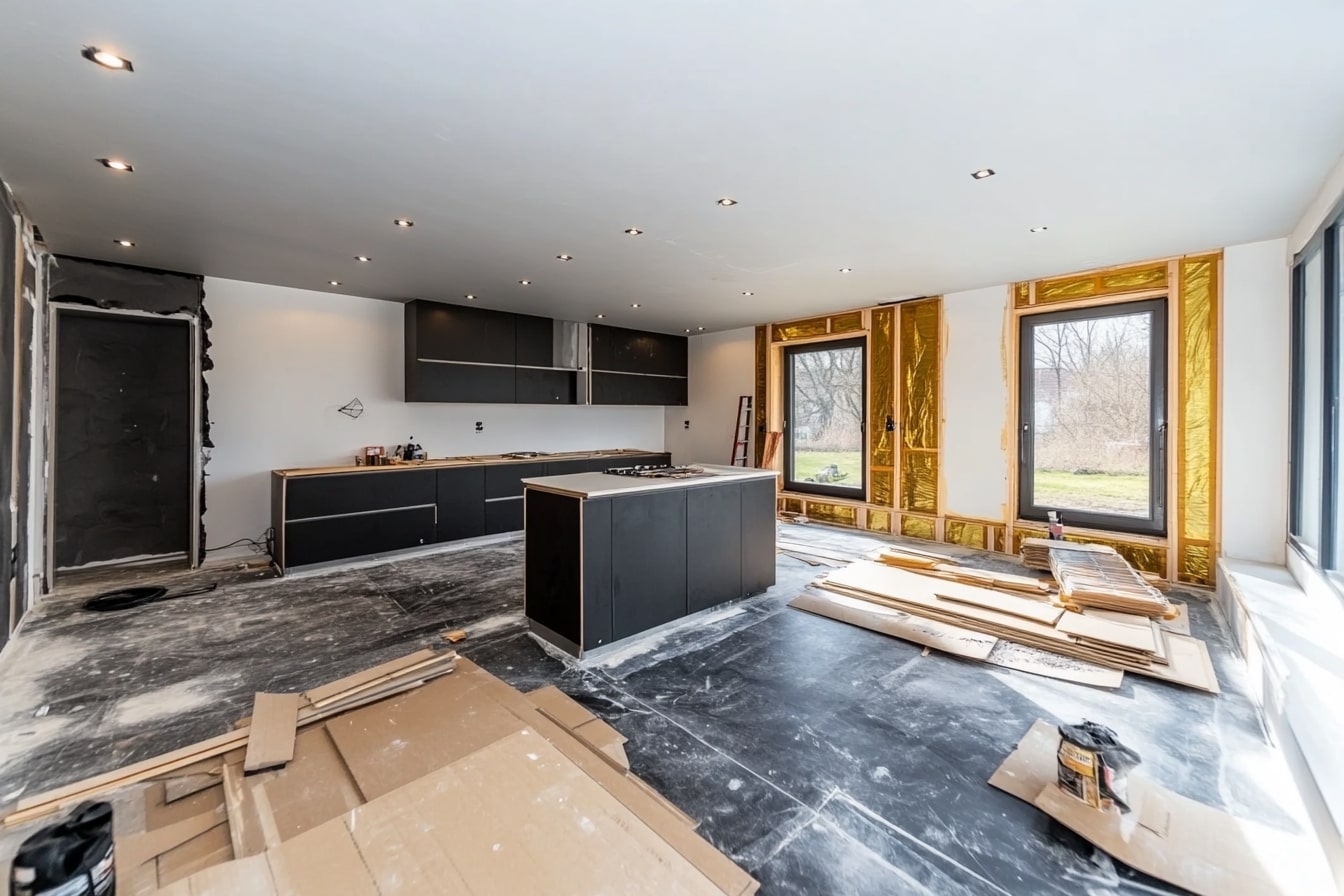Home Window Replacement: The Complete Upgrade Guide
Replacing your windows is a major home upgrade that can boost energy efficiency, curb heating and cooling costs, and raise property value. This guide explains energy ratings, signs a window needs replacement, installation choices, cost ranges, and maintenance tips so you can make an informed decision.

Upgrading your home’s windows is one of the most impactful renovations you can make for comfort, energy savings, and curb appeal. Knowing the key performance metrics, when to replace, how installation choices affect outcomes, and what to expect in terms of cost and upkeep will help you plan a successful project.
Understanding Window Energy Efficiency
Energy performance should be near the top of the priority list when choosing replacement windows. Look for ENERGY STAR-certified products and review the technical ratings on the NFRC label. Two important numbers are the U-factor, which measures how well a window insulates (lower is better), and the Solar Heat Gain Coefficient (SHGC), which indicates how much solar heat the glass transmits (lower SHGC is preferable in hot climates, while higher SHGC can help passive solar gain in cold climates).
Modern insulating options include double-pane and triple-pane glazing with low-emissivity (low-E) coatings. Low-E glass reflects infrared energy while allowing visible light through, improving year-round thermal performance. Gas fills such as argon or krypton between panes further reduce heat transfer. Combined, these features can shrink heating and cooling expenses and make indoor temperatures more consistent.
Signs It’s Time to Replace Windows
Certain problems clearly indicate replacement is the best option. Watch for:
- Visible damage: rotted or warped frames, cracked or broken panes, and peeling sealants.
- Operational issues: windows that stick, won’t stay open, or are difficult to lock.
- Energy symptoms: rising utility bills despite no major changes in usage.
- Moisture problems: fogging or condensation trapped between panes, which signals failed seals.
- Outdated technology: single-pane windows are common in older homes and perform far worse than modern multi-pane, low-E alternatives.
If you notice one or more of these issues, replacing the window—not just repairing it—may be the more cost-effective long-term solution.
Professional Installation vs. DIY
Some handy homeowners consider installing windows themselves to save money, but professional installation offers several advantages. Certified installers ensure the opening is properly prepared, the unit is accurately leveled and shimmed, and flashings and seals are applied to prevent air and water infiltration. Professionals also understand local building codes and can preserve manufacturer warranties by following required installation protocols.
That said, small projects or like-for-like sash replacements may be appropriate for experienced DIYers. Evaluate your tools, carpentry skills, and tolerance for dealing with surprises such as hidden rot or irregular framing before deciding to go it alone.
Cost Considerations and Options
Window replacement expenses vary by material, style, size, and quantity. Below is a typical cost breakdown to help you budget. These figures reflect average ranges and do not include any additional structural repairs or specialty glazing.
| Window Type | Average Cost Per Window | Installation Cost |
|---|---|---|
| Vinyl | $200–$600 | $100–$300 |
| Wood | $300–$1,200 | $150–$400 |
| Aluminum | $175–$400 | $100–$300 |
| Composite | $300–$1,200 | $150–$400 |
Prices, rates, or cost estimates mentioned in this article are based on the latest available information but may change over time. Independent research is advised before making financial decisions.
When budgeting, factor in labor, disposal of old windows, potential frame repairs, and any finish work like interior trim or exterior flashing. Higher-performance glass packages, custom sizes, and specialty features such as integrated blinds or impact-resistant glazing will increase the total price.
Maintaining Your New Windows
Routine care will preserve performance and extend service life. Key maintenance tasks include:
- Cleaning glass and frames with manufacturer-approved products to avoid damaging finishes.
- Inspecting and replacing weatherstripping and seals as they wear.
- Lubricating moving parts and hardware to ensure smooth operation.
- Checking exterior caulking and flashing for gaps or cracks and resealing when necessary.
Most contemporary windows are designed to be low-maintenance, but following the manufacturer’s care instructions helps protect warranties and maintains efficiency.
Planning for a Successful Project
Start with an assessment of your priorities: energy savings, noise reduction, aesthetic updates, or resale value. Request multiple estimates from reputable installers and ask for references and proof of licensing or certifications. Compare both product specifications and installation practices, not just price.
Consider phasing your replacement project if budget constraints exist—prioritize the worst-performing or most visible windows first. Also weigh the payback period for higher-efficiency options; while triple-pane units cost more up front, they may offer quicker returns in colder climates.
Replacing windows is an investment that improves comfort, reduces energy bills, and enhances your home’s marketability. With careful product selection, professional installation, and simple ongoing upkeep, new windows can deliver lasting benefits and increased enjoyment of your living spaces.






